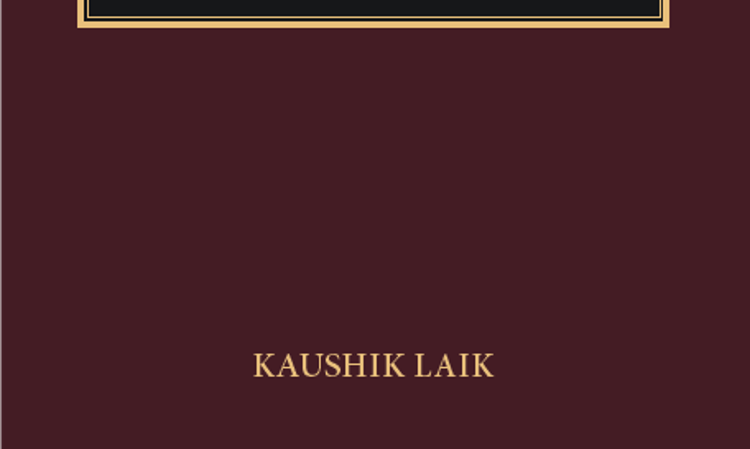Book Review: "Consensus Ad Idem – Consent And Free Consent In Contract Law"
LIVELAW NEWS NETWORK
17 Dec 2020 10:26 AM IST

Next Story
17 Dec 2020 10:26 AM IST
Contractual terms, much like the nature of doing business, have evolved significantly over the years. Even as modern times are witnessing complex and sophisticated contracts between commercial parties, the fundamentals remain the same. The very foundation on which a contract becomes an enforceable agreement is that of "free consent" between the parties. A concept as simple and...
